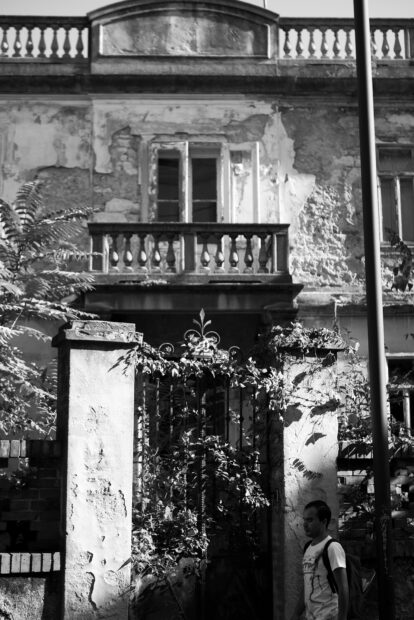Verticality of City in Film as a Tool of Social Criticism
February 9, 2023
One of the themes that film and culture in general often reflects on is social inequality. A number of artists - filmmakers (e.g. Robert Bresson), writers (e.g. Charles Dickens) or others (e.g. Georg Wilhelm Friedrich Hegel) have used their talents to express their socially critical views on the organisation of society through their work. One particular motif that can serve as a way of depicting ideas of this kind is verticality. That is, in this case, the spatial arrangement of relationships as a representation of socio-economic relations. The vertical arrangement is especially ideal for this purpose, as the culturally experienced trope that what/whoever "is above" is better than what/whoever "is below" is universally known.
In this essay I will not have space to explore the history of this cultural trope in detail, but we can simply mention that its origins can probably be traced back to the beginning of culture as such. Even in the earliest religious imaginations, heaven, where God resides, was in some ways a better place than the earth below. In our culture, which is largely based on the Judeo-Christian tradition, such a perception has been reinforced countless times by moments such as the one where Moses ascends the mountain to speak with God and then descends back into the valley to find the disobedient Israelites. The concrete translation of this symbolism into a spatial arrangement is then seen in the building of churches and monasteries on the hills. Even in our cultural area, we very often find a church on a hill above a village. Although in religious terms the idea of a vertical layout was not related to a socially critical view of the world, it probably gave rise to such a perception later on.
If we were to consider a less symbolic and more concrete spatial vertical arrangement, we can again turn to the historical arrangement of towns and villages. In addition to the church, there used to be a chateau or a castle on a hill or in an elevated place, where the nobility lived, and the common people lived in the sub-castle area or suburbs. The word suburb being derived from the Old French subburbe, which is in turn derived from the Latin suburbium, formed from sub (meaning "under" or "below") and urbs ("city"). This concept does not necessarily derive from intentional verticality as a way of ancient and medieval urban planning to show the subjects 'their true place'. First, the castle was usually built on high ground for strategic reasons, and only then did subsequent trade and other socio-economic activities begin to develop around it. But the fact remains that most of the people who lived on the literal "lower level" in the sub-castle served or at least paid taxes and tithes to those who lived on the "higher level". And in this case, verticality is already a symbol of social inequality. This figure was carried over into the modern period, when, at a time of perhaps the greatest social inequality, i.e. the high capitalism of the 18th and 19th centuries, we would find the factory owner's villa most often on a hill, which became a symbol of luxury real estate. (See figures 1 and 2.)
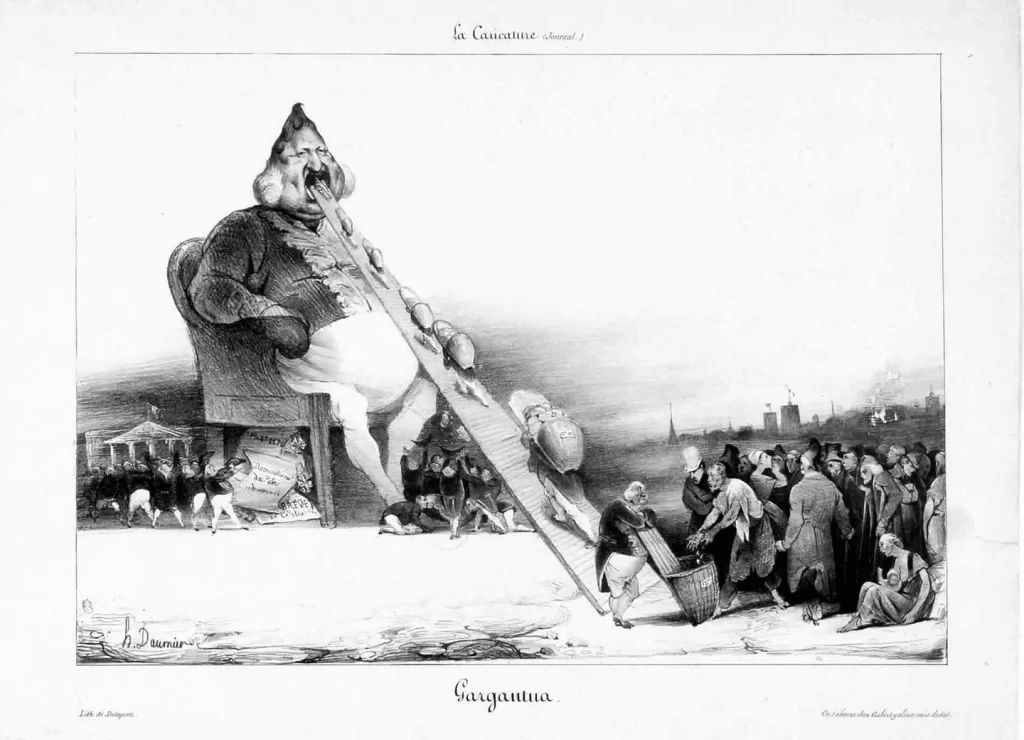
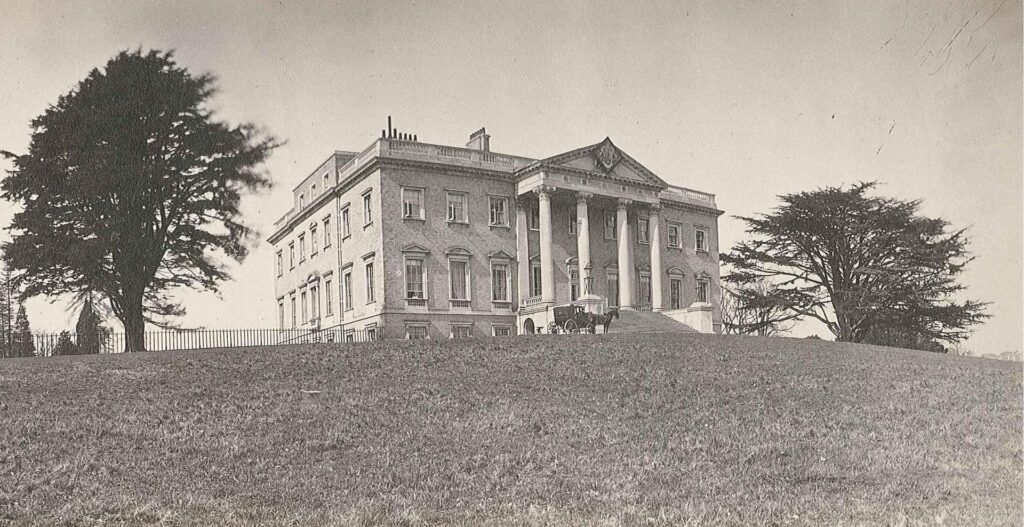
This figure has been carried on into modernism, where cities are even more vertical thanks to tall buildings and skyscrapers. In this arrangement, we would find the most luxurious apartments and the most prestigious offices on the higher floors, where the views are the best and which are the most isolated from the "dirty" street. A typical vertical city of this type is New York, where the skyscrapers of Manhattan are the symbol of the greatest luxury, and the subway is the symbol of the greatest "dirtiness." (See Figure 3.) In this essay, I will explore precisely the topos of the city's verticality as a socially critical tool in two particular films that I will compare. However, the above analysis of the history of this trope is important because the moments mentioned are also crucial for the analysis of the chosen films.
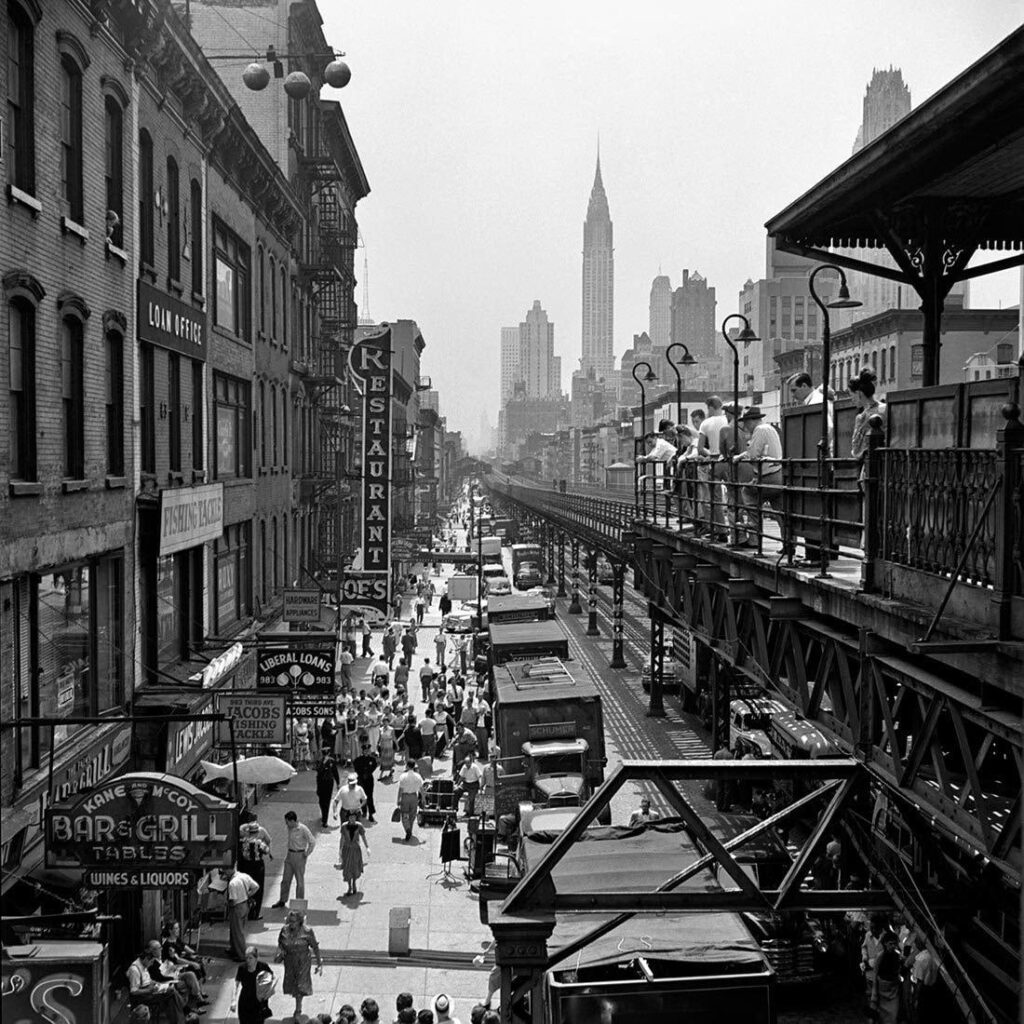
It was New York that inspired Fritz Lang,[1] when he made his dystopian-utopian sci-fi film Metropolis (1927). In it, the aforementioned motifs are blatant. Above ground, the high-rise city of Metropolis is futuristic and spectacular. The underground, on the other hand, is a ghetto where workers live and are exploited by the inhabitants of the above-ground part of Metropolis - industrialists and businessmen, the representatives of capitalism. Their representative is the leader of the city, Joh Fredersen, who resides in a building called the New Tower of Babel. (See Figures 4 and 5.)
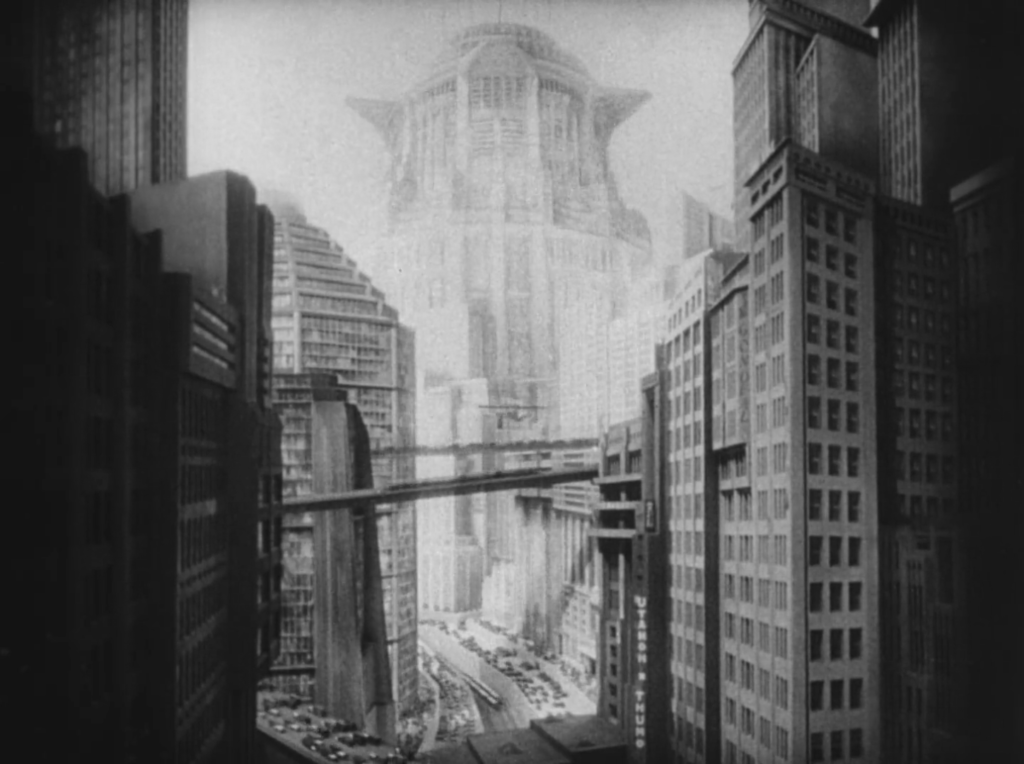
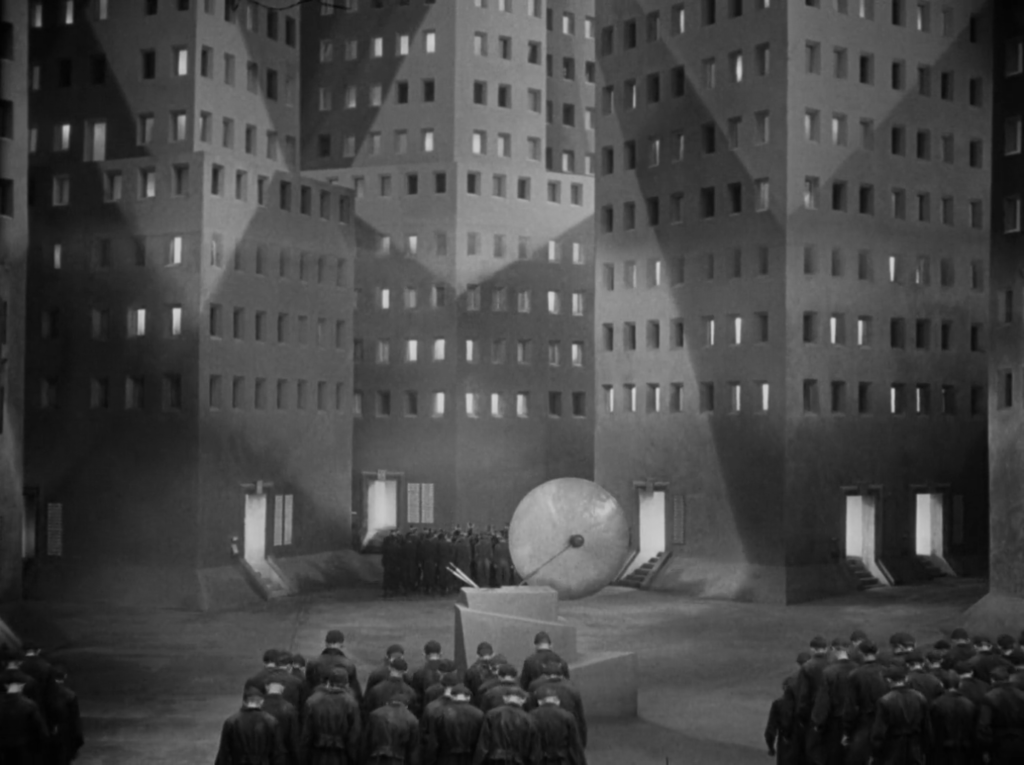
The name of the tower is, of course, an allusion to the biblical story, which is important because it is, in a sense, a return to the religious roots of verticality described above. In the film, however, this is inverted, since in traditional religious terms there is good at the top and evil at the bottom. Here, however, for the above is used the biblical name that represents evil - the Tower of Babel displeased God because people tried to use it to get up to heaven in the wrong way. This fairly sophisticated reversal of the trope is in the Bible itself. So, the upper part of Metropolis is only better in that it is a better place to live and in luxury, but otherwise it is a wicked place. And the name Babel can itself figure as a tool for criticizing the "wrong way up" through or to capitalism. There is even a garden resembling the Garden of Eden up in the Metropolis, but it too is somehow perverted from a Christian point of view, for it is a garden of pleasure rather than a garden of purity. The Garden of purity was the biblical Garden of Eden, and Adam and Eve were expelled from it only after they sinned. In a sense they fell down that way, they fell from the grace of God. In this film, by contrast, Fredersen's son Frederer goes down after he chooses purity instead of pleasure - he spots Mary (whose name is itself a symbol of purity in Christianity and is later also used in a reversed meaning) tending to the children. He goes in search of Marie in an underground ghetto, where he has an epiphany about the injustice and exploitation that is taking place. This is again a return to the biblical narrative where Adam and Eve have an epiphany the moment they fall.[2]
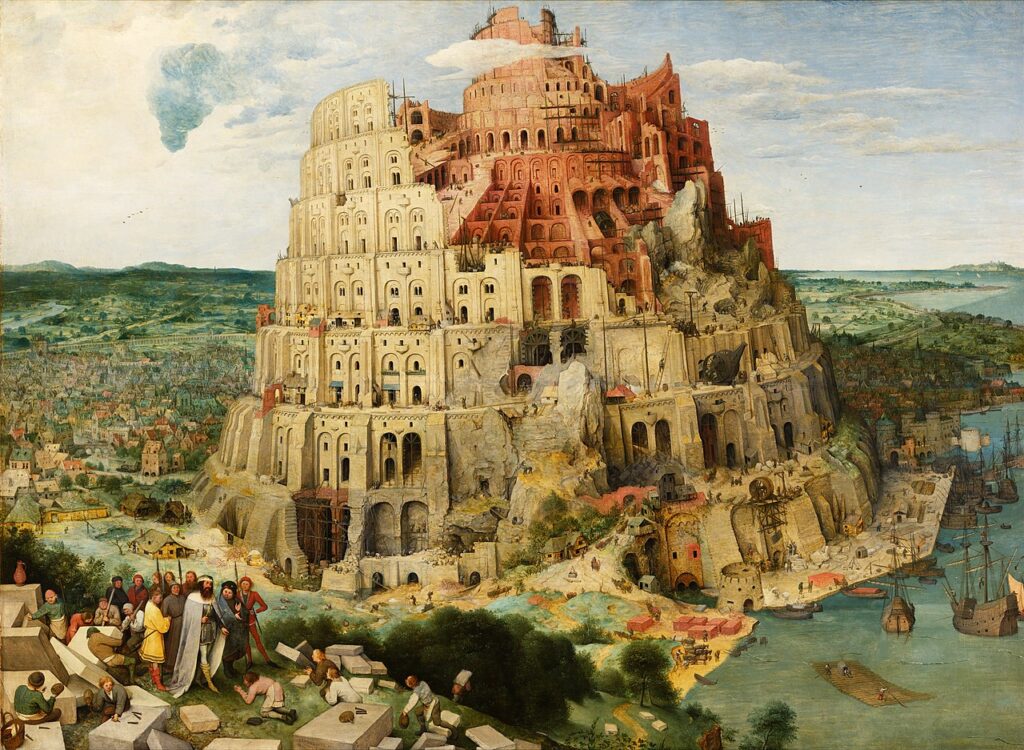
Workers living "down below" are indeed portrayed as exploited and living in injustice, but when the opportunity arises, it turns out that even they are far from being good. They are very shallow and short-sighted when they fail to think through the consequences of their destructive revolution and when they carry out a mindless "witch-hunt". However, their underground meeting place, a kind of cave that also serves as a shrine, is a symbol of law and freedom as long as the workers are led by the true figure of Mary. The placement of the symbolical crosses and Mary's prophecy of the Mediator who will descend to redeem them are another of the very abundant allusions to Christianity in the film. But the film's writer Thea von Harbou and director Fritz Lang make a sophisticated game out of this vertical dichotomy of the city by inverting the meanings. This happens when the true Mary is replaced by Rotwang's creation (and manipulates the crowd of workers in the cave shrine) and the role of the true Mary is taken over by the prophesied Mediator - Frederer, a representative of the high-ranking inhabitants of Metropolis, but who, through his "fall," has had an epiphany and tries to help the workers. The whole semiotic embedded in the verticality of Metropolis thus has several layers that are to some extent subversive, and their meaning changes over the course of the film if we try to interpret them in relation to various categories including law, good and evil, and even justice. Justice because at one point it seems that the workers in the underground factory don't even deserve a better life. But one interpretation remains constant - the socially critical one.
The plot of the film plays out a clash in the style of Marxist dialectics that seems natural to the vertical layout of the city. After all, Marxism's goal, at the very time of the aforementioned 19th century social inequality, was to change the social order through revolution and conflict so that the base (here the underground ghetto) of the means of production and capital would be distributed and used in such a way that the benefits of the superstructure (here the above-ground futuristic Metropolis) would be equitable for all. The base and superstructure thus take on literal dimensions here.
In creating these motifs, the filmmakers of Metropolis were influenced by important themes of the post-war Weimar Republic, such as social inequality, mass culture, expanding capitalism and communism, but also fascism, and the film even oscillates between the ideologies of the West and the East,[3] just as it oscillates between a biblical interpretation and its opposite. These ideologies collide in the material representations of the spaces of the city of Metropolis and the associated underground factory. But of course, the film was also inspired by the aesthetic style of the Weimar Republic period, particularly Art Deco, which permeated the design of the city.
In many ways, Metropolis is similar to Robert Rodriquez's 2019 film Alita: Battle Angel. It is also a futuristic sci-fi film, this time set in the year 2563. Most of the action is set in the Iron City, which is located underneath another huge city that floats in the air, called Salem (see Figures 6 and 7). The two cities are connected, but Salem is also inaccessible from below. While Metropolis is on the ground and the factory ghetto is underground, here the Iron City is on the ground and Salem is still above it, almost in the clouds. However, even in Alita, at one point we reach the underground, which symbolizes a complete sinkhole at the lowest level, where reside only goons like the character Grewishka, who calls the underground his world. The difference from the movie Metropolis is that we basically do not visit Salem, and everything takes place below it. Still, Salem has a major influence on the Iron City, as we learn that Salem is a place of luxury and beauty, and even from below, it looks very attractive, while the Iron City is essentially a futuristic slum and ghetto, much like the underground of Metropolis. And like the inhabitants of the underground ghetto of Metropolis, the inhabitants of the Iron City are exploited by the "lords from above" who reside in Salem. There is also a factory in the Iron City that manufactures for Salem. On the other hand, only waste from Salem makes its way down to the city, with which accidentally drops down the cyborg girl Alita, the film's main character. And it is she who becomes the symbol of the struggle for a more equal order. So, as in Metropolis, the main character falls from a higher place, only to rise up and help the disadvantaged people below.

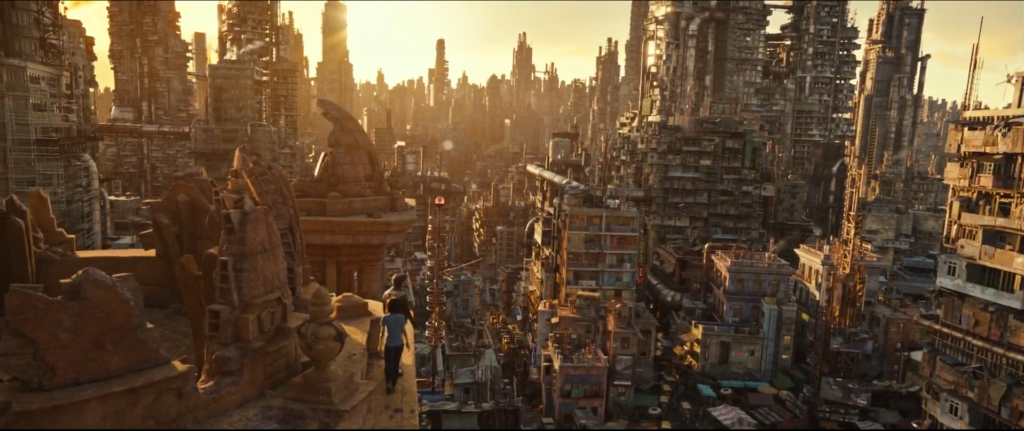
Religious themes are also central to this film, which is based on a Japanese manga by Yukito Kishiro, although not as obvious as in Metropolis. And while these themes are based on the Japanese text, they make use of Judeo-Christian symbolism. Like the name New Tower of Babel, the name of the city of Salem comes from the Bible. Salem was the city of the righteous king Melchizedek[4] and may have been similar in many ways to the more familiar city of Zion.[5] "Salem" (שָׁלֵם) in Hebrew means peaceful, whole, or secure, all positive meanings. Jeru-salem then means "new peace." And in the very manga, that Alita is based on, there is another city above Salem - Jeru. But the latter mentioned did not make it into the film. The city of Salem is primarily a symbol of evil in this film, which is very similar to the symbolism of Metropolis. There, however, the negative biblical name - Babylon - is explicitly used for the vertically elevated but not positive place. In Alita, a positive title is used, which makes the symbolism of this film even more subversive than that of Metropolis. But the negativity of Salem is not unambiguous either - after all, that is where Alita and her father figure, Dr. Ido, come from.
Thus, religious symbolism is again used here, from which the verticality of the cities probably stems. However, the verticality inspired by religion is then used to critique social conditions and represent social inequality, with "those at the top" exploiting "those at the bottom". This is a radical departure from the original religious meanings that emphasize justice and where help comes from above to those below – to raise them up. Religious symbolism returns, however, in the form of the Chosen One, who descends from above and mediates between the two spheres, as if the religious subtext is once again meant to reconcile the inequality that emerged from its symbolism. This is more the case in Meptropolis; in Alita, the Chosen One is rather a fighter for the rights of "those below" than a mediator. But with her origin, she represents mediation. After all, the name Alita means "noble."
In general, Alita differs in that the resistance put up by the lower level residents of the city is spontaneous and conscious, while the resistance of the workers of the Metropolis ghetto is artificially induced through the robotic Maria by the leader Jon Fredersen himself, in order to have a reason to reach a solution with the workers. That is why there are not even any riot police units in Metropolis. The idea of revolution is alien to the workers, it comes from above. In the Iron City, on the other hand, the so-called Centurions are deployed to actively maintain order. The revolution also comes from above with Alita, but not because it is a new idea for the people below, but because Alita alone brings the physical strength needed to carry out the revolution. And it is perhaps in this divergent moment that the almost century-long time gap between the two films is most noticeable - the way in which dealing with social inequality is treated ideologically. Metropolis was a product of Europe's interwar ideological ambivalence, when many ideologies were still being tested in practice, but it was still ahead of its time in its depiction of the mindlessness of the revolutionary crowd. Alita, on the other hand, is a reflection of a new social consciousness inherent in the 21st century, which has partly forgotten the problems stemming from 20th century socialism, and which is partly based on a revisionist Marxist reading of the New Left. Films whose themes are based on a social critique of capitalism and which celebrate the class struggle for a more just order can hardly escape a Marxist reading. What is unusual, however, is the extent to which this reading goes hand in hand with a religionist reading. And it is partly in this and in their similarity to each other that my selection of these films lies.
There are, of course, many films that use verticality for socially critical commentary. While Metropolis and Alita involve fictional cities, Parasite (2019), for example, uses the specific city of Seoul, South Korea, for similar purposes. In contrast, horror film The Platform (2019), the third film from the same year along with Parasite and Alita, goes for absolute abstraction in its verticality, as its depiction consists of a multi-story prison where "those on top" can eat more than "those on the bottom."
[1] MCGILLIGAN, Patrick. Fritz Lang: The Nature of the Beast. Minneapolis, MN: University of Minnesota Press, 2013, p. 108. ISBN 978-0-8166-7655-2.
[2] Genesis 3:5-19. The King James Bible.
[3] KAES, Anton. Shell shock cinema: Weimar culture and the wounds of war. Princeton, New Jersey: Princeton University Press, 2009, p. 184nn. ISBN 978-0-691-03136-1.
[4] Genesis 14:18. The King James Bible.
[5] Psalms 3:5-19. The King James Bible.
